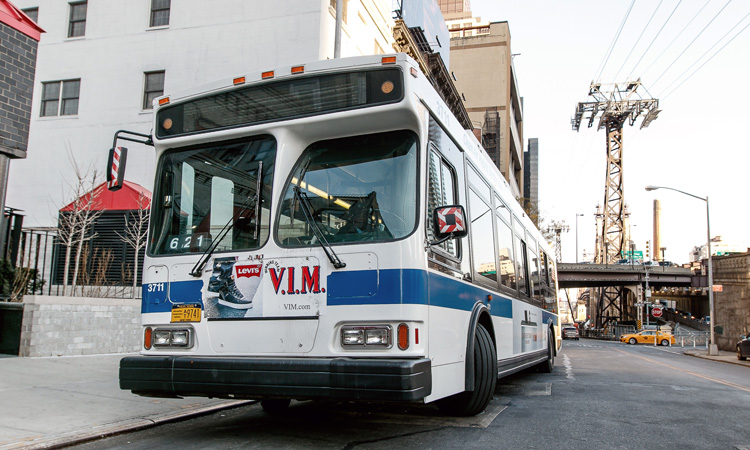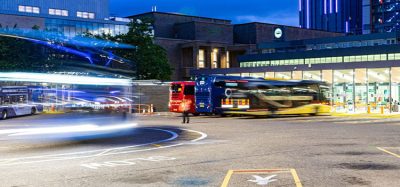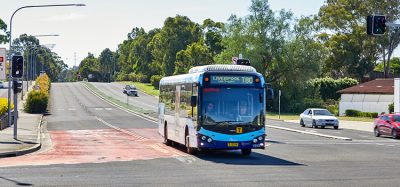MTA releases draft plan to redesign Queens bus network
- Like
- Digg
- Del
- Tumblr
- VKontakte
- Buffer
- Love This
- Odnoklassniki
- Meneame
- Blogger
- Amazon
- Yahoo Mail
- Gmail
- AOL
- Newsvine
- HackerNews
- Evernote
- MySpace
- Mail.ru
- Viadeo
- Line
- Comments
- Yummly
- SMS
- Viber
- Telegram
- Subscribe
- Skype
- Facebook Messenger
- Kakao
- LiveJournal
- Yammer
- Edgar
- Fintel
- Mix
- Instapaper
- Copy Link
Posted: 2 January 2020 | Sam Mehmet (Intelligent Transport)
The Queens Bus Network Redesign’s draft plan sought to address customer concerns that were expressed during public outreach of the redesign’s Existing Conditions report, which aimed to accurately depict the status, operations and flaws of the current Queens bus network using customer feedback, ridership and operation data.


The Metropolitan Transportation Authority (MTA) in New York has announced the release of a draft plan for the Queens Bus Network Redesign and is said to be a key milestone in a customer-focused process to reimagine the century-old Queens bus system.
The plan aims to better serve customers, shorten commute times, speed up buses, increase intermodal connections and provide more frequency and choices to travel within the borough and to Brooklyn, Manhattan and the Bronx.
“Improving bus service is one of the pillars of our Fast Forward plan to transform every aspect of New York’s transit service, and the single most important initiative to do that in the bus element of the plan is to redesign every borough’s bus network so that it works for customers,” said MTA NYC Transit President Andy Byford. “We are very excited about this draft plan for Queens buses because it is a true reimagination of the routes that incorporates the earned knowledge of customers, our ground personnel and operations staff to create a new foundation of bus service in Queens.”
The redesign’s goals included:
- Improving service reliability
- Improving bus speeds
- Expanding bus priority such as bus lanes and use of traffic signal priority technology by working with New York City Department of Transportation (NYC DOT)
- Improving traffic enforcement through use of MTA’s automated bus lane enforcement initiative and close collaboration with NYC DOT and NYPD
- Improving connectivity at population centres and destinations, at intermodal transfer locations, and at emerging residential and commercial developments
- Balancing bus stop spacing from an average of 850 feet apart to 1,400 feet by consolidating or removing closely spaced or under-utilised bus stops. On average, a bus takes 20 seconds to more than one minute to pull into a bus stop and then re-enter traffic. NYC Transit bus stops are the closest-spaced in the country, some of which are as close as two blocks apart. When reviewing candidates for stops, NYC Transit considers factors such as geography and proximity to schools, colleges, hospitals, community centres, libraries or senior centres
- Improving connections between areas with high densities of residents with mobility impairments and existing and future accessible subway stations
- Working with the NYC DOT to improve bus stop accessibility and customer amenities such as shelters, bus bulbs and real-time digital service information signs.
Before proposing the draft redesign plan for Queens, the MTA conducted a study of the existing bus network, surveyed customers in person and online, provided nearly 11,000 informational pamphlets, hosted nine open houses, 12 street outreach events, 11 meetings with civics groups and seven community boards to gather feedback on customers’ commuting patterns and itinerary suggestions.
The MTA also allegedly took into consideration the results of nearly 2,000 online customer surveys specific to the Queens redesign. The study identified areas to target for change, such as neighbourhood route improvements, individual route improvements to provide more direct service, balanced stop spacing and improved crosstown connections.
Related topics
Infrastructure & Urban Planning, Passenger Accessibility, Public Transport
Related modes
Bus & Coach
Related cities
New York
Related organisations
New York City Department of Transportation (NYC DOT), The Metropolitan Transportation Authority (MTA)
Related people
Andy Byford







